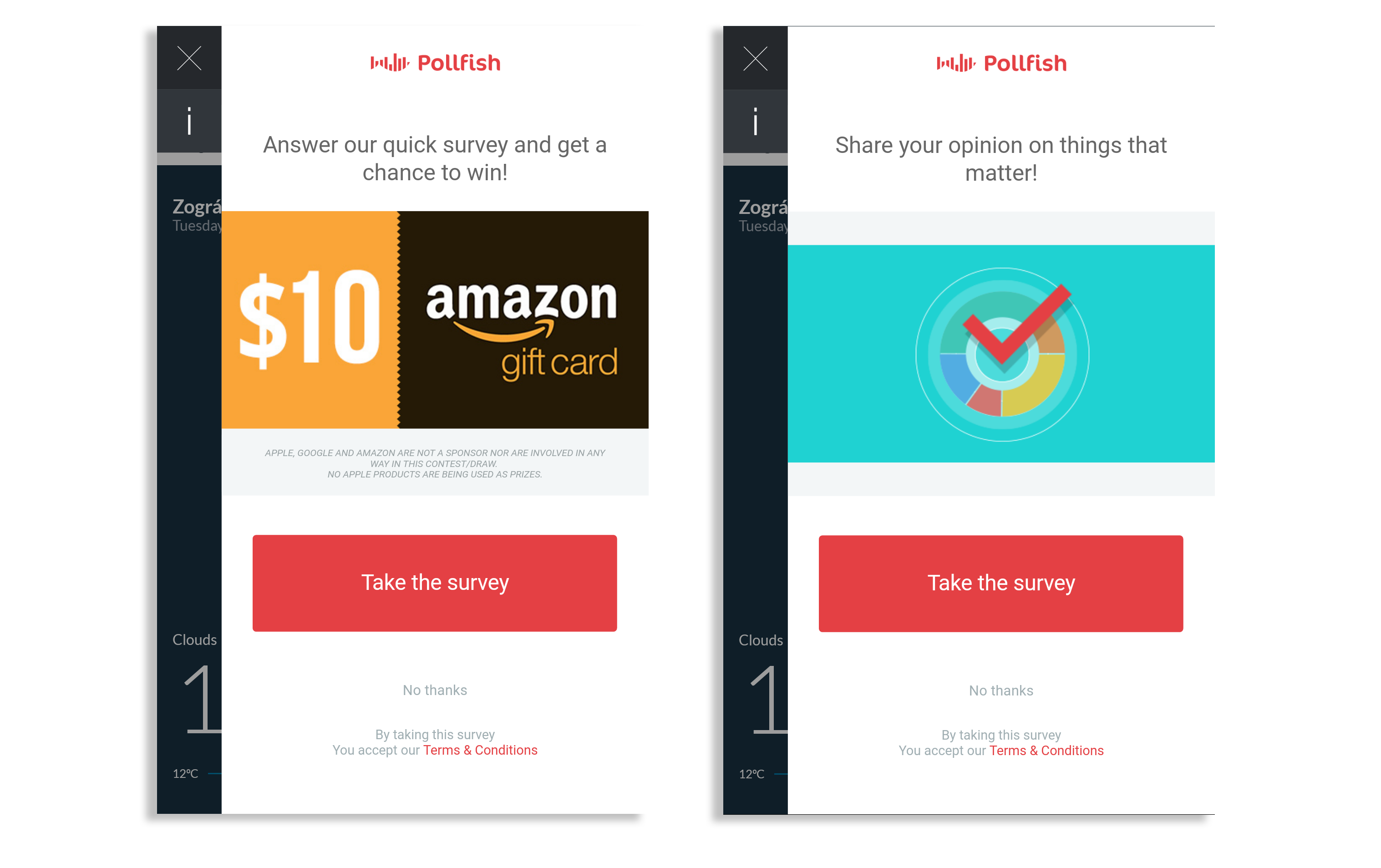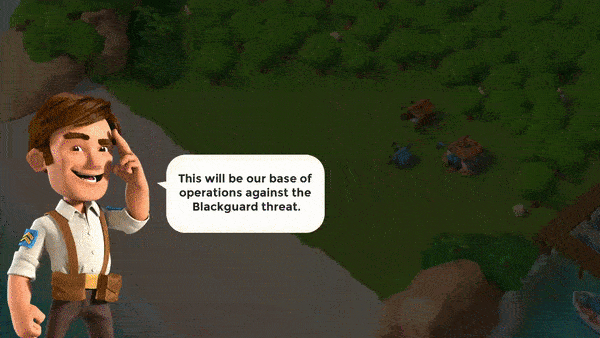Designing apps that drive user engagement and app retention
Mobile app users. How to find them and how to keep them are two of the major concerns that developers have. And hand-in-hand with user experience and app design, comes psychology. Can we drive user engagement and app retention? Ads exploit people’s feelings every day, in numbers of ways we can’t even imagine. Can we design apps and products that drive engagement and retention through people’s feelings?
Communities and Social Identities
The social identity theory proposes that the groups that people belong to are an important source of pride and self-esteem. We look to enhance the status of the group we belong to in order to increase our self-image. But what does that group represent? What is the idea behind that group? What if we can create such an idea around a platform or app and create such a group? That can help when looking to bring people back to an app and boost retention and loyalty. Once people categorize themselves as part of a group and have identified with that group, their self-esteem becomes bound up with that group. The better group does, the better the user feels and more likely he is to take further action to improve, protect or contribute to the group’s status. We experience similar cases in our everyday lives through religion, sports and others things, but it’s really fascinating when you see applications of that concept in technology products and apps.
Open Source
A great example of this, is people contributing to open source projects. Writing code requires expertise, time and effort, yet they do it for free. Why? One of the main reasons people decide to contribute is because they believe in the Open Source culture and thinking. That encourages people to contribute and create better products.

From Reddit and Wikipedia to World of Warcraft and Yu-Gi-Oh!
Reddit is also renowned for its dedicated community and the strong ties between the majority of its members. There is no real benefit (financial or otherwise) from monitoring or answering questions in the community. However, people feel part of a group of experts or same-minded people and they want to keep that group’s status up. They monitor every submission, upvote and downvote on a daily basis, in an effort to maintain a clean and up-to-the-point community. All in the quest for the perfect elite group. If your community is perfect, you must be perfect, right? What about Wikipedia? There is no great academic board behind it; simply volunteers that give up their own personal time to monitor the submitted content.

If you are looking to find such an example in the games industry, look no further than World of Warcraft game where the community contributes to a huge wiki, over 104k pages long. The same applies to the Yu-Gi-Oh! phenomenon with almost 97k pages. All these are communities created around a story that drives content and dedication.
Heal the world – Make it a better place
Nothing pulls at people’s heartstrings more than a noble cause. You may think that saving the world cannot apply to apps or platforms, can it? Well, when people feel they contribute to a noble cause, it’s fascinating to see how far they would be willing to go.
Share your opinion on things that matter
At Pollfish, we survey people through mobile apps. When we were taking our first steps in the market research world, we thought that nobody would take the time to answer a survey within an app unless sufficiently incentivized. So, we introduced the concept of random draws with Amazon gift cards for respondents. We then thought to try something different; we changed our tag line from a gift prompt to “Share your opinion on things that matter”.

We were a bit hesitant to do that, and expected a drop in conversions. Instead, we saw an increase of almost 1%. That may not sound like much, but in our survey world, it was actually hard to believe. We then decided to run a survey and ask people WHY they answer surveys. It was so hard to believe that we wanted to get some hard data on our hands! The results were amazing. Below are some of the most memorable answers we received:
- That way I can really put my thoughts on products out there.
- Answering surveys makes it seem like someone is listening and actually trying to improve things.
- Answering surveys allows me to state my opinion in a way that matters.
- I can show businesses real responses to help their potential.
- It helps developers, market researchers, etc know what customers and communities want more or less of.
- It’s important for people. I like to share my opinion and contribute.
- I feel this allows for greater insight into how or why I may or may not want something rather than just offering the product, contributing to better product development.
- I think it’s fun to do as well as I’m able to voice my opinion on products.
- Because it gives others ideas
- I love expressing my opinion because that’s how companies know if they’re doing well or not.
- You can express our appreciation for the products
- Because I am providing feedback, I am an active participant in the process.
- I don’t mind actually contributing to someone’s knowledge
- I like to give feedback through surveys as people will view this and make decisions based on my answers.
- Giving an opinion can make a difference. Makes me feel involved
Well, if that is not hard data, we don’t know what is. “Active participant” you say? “Someone is listening” you say? Who would have thought?! So, back to design board for us. We based the Pollfish core model on people’s willingness to feel important and help shape better products and business and that is the model that we are evolving to this day.
Fighting Poverty
There is only one thing that can beat people wanting to share their opinion and that is a Charity. We have a number of partners at Pollfish that use this approach in their monetization strategy. Respondents are fully aware that both the publisher as well as we are profiting from the survey process, but still feel that is OK as long as they get the chance to contribute to the charity. And we’ve found that as long as they can do that, it doesn’t matter if it’s a video, an ad or a survey that they need to watch/click on/take.

The Brand approach
Apple, Nike and others
In the video below, Steve Jobs himself explains how the Think different/Crazy ones campaign worked. There is no need to brag about the new features or advanced technology of your brand. No need to show that you are better than your competitors. Just show to the world that the community around your products is filled with people with values, driven by a passion to make a difference in the world. He also makes references to companies like Nike. Nike campaigns just show in their ads, all the great athletes out there. They don’t focus on competitors or on the advancements in their new products. However you still can’t help but want to be part of that team. The actual products don’t even matter!
A team as an idea
Going back to the notion that we all like to fee like we belong to a group, a group with certain (good) attributes, here’s another example: when I was first starting out as a young developer, I created an app for the team I supported. Mind you, I did not consider it any team. It was MY team and my team was better than any other one. It had the best players and the best fans. We believed we had our own culture and way of seeing things. So, even though the app was nothing special, I realized it was becoming very popular because other fans had discovered it. And the reviews from the team fans kept coming in. People were using and rating the app because it was associated with the team. And as it happens when we feel part of a group, it was not long before we started comparing our group with other groups. That became apparent from the negative reviews of the app, too. The reviews (positive or negative) rarely had anything to do with the actual app, but the idea behind it. And the app’s retention increased to reflect the team’s popularity. This is a perfect example of how to use an already established idea and build an app around it with increased engagement and retention.

Create a story like in games
There are plenty of other ways to engage people and motivate them to come back to use your app again and again. Why not create a story for your users like games; a story that they actually want to follow and be a part of. “Protect your land/tribe from enemies/evil people, save the queen” and many others.

Well, a great example on how this can be applied to apps not only games, is a popular Water Drink Reminder app, an app that tells you when to drink water! Honestly, you know when you are thirsty, right? Perhaps. But do you know if you are drinking enough? Or are you forgetting to drink water regularly? Are you in good shape? Are you hydrated enough? Drinking water is a good healthy habit. It keeps you in good shape. See? You are already following the story. You DO need this app! An app that does something as simple as help you develop healthy habits.
So, how do you design an app that drives engagement and retention? Is it an app that creates a beautiful story? Can you create an idea to be applied in an app that will engage people, and make them feel part of a group? Is it an app helping shape a better world or is it an app around an already established passionate group? Pick your cause or idea and make it work. Go back to the basics and learn what people need. A story to follow, a noble cause, a “winning” team. Once people get on your side, retention and engagement is yours.
Do you want to distribute your survey? Pollfish offers you access to millions of targeted consumers to get survey responses from $1 per complete. Launch your survey today.
Global GSK Shingles Survey Insights
Original Insights,The Pollfish Blog
February 24, 2024
Shingles misconceptions: new global survey commissioned and funded by GSK highlights widespread…
B2B Sales Emails: Are they Effective or a Nuisance?
Original Insights,The Pollfish Blog
September 6, 2022
Are B2B sales emails a thorn in your side? Do they drive you crazy? Virtually all white-collar…
